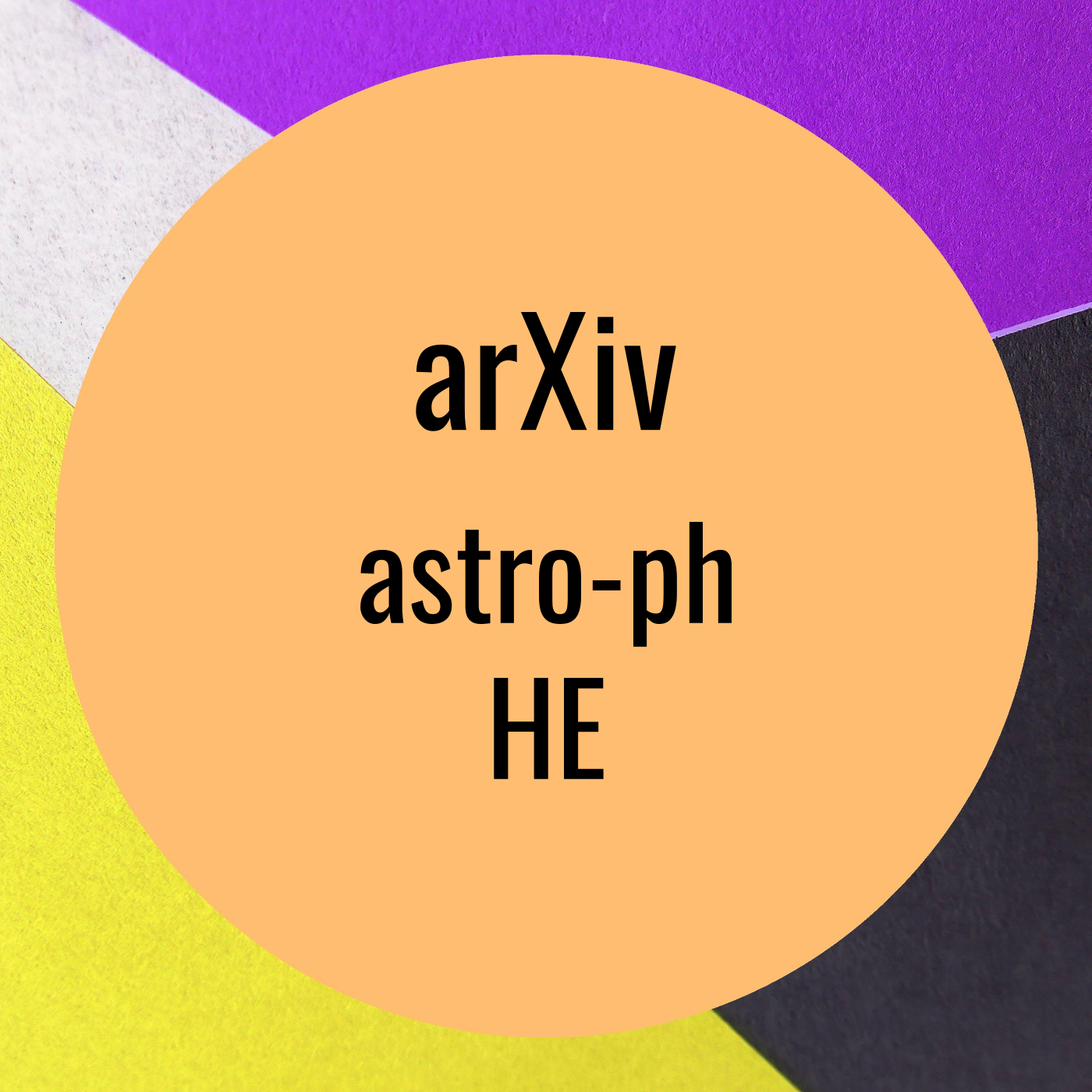Direct Statistical Constraints on the Natal Kick velocity of a Black Hole in an X-ray Quiet Binary
Description
Direct Statistical Constraints on the Natal Kick velocity of a Black Hole in an X-ray Quiet Binary by Sharan Banagiri et al. on Wednesday 30 November
In recent years, a handful of ``dark" binaries have been discovered with a
non-luminous compact object. Astrometry and radial velocity measurements of the
bright companion allow us to measure the post-supernova orbital elements of
such a binary. In this paper, we develop a statistical formalism to use such
measurements to infer the pre-supernova orbital elements, and the natal kick
imparted by the supernova (SN). We apply this formalism to the recent discovery
of an X-ray quiet binary with a black hole, VFTS 243, in the Large Magellanic
Cloud. Assuming an isotropic, Maxwellian distribution on natal kicks and using
broad agnostic mass priors, we find that kick velocity can be constrained to
less than $V_k 56$ km/s and the dispersion of the kick distribution to
$\sigma_k 66 $ km/s at 90 \% confidence. Assuming that there was a natal
kick, we find that at least about $0.6 M_{\odot}$ was lost during the supernova
with 90 \% confidence. The pre-SN orbital separation is found to be robustly
constrained to be around $0.43$ AU.
arXiv: http://arxiv.org/abs/http://arxiv.org/abs/2211.16361v1
More Episodes
Hard X-ray Observations of the Hydrogen-poor Superluminous Supernova SN 2018hti with NuSTAR by Igor Andreoni et al. on Wednesday 30 November
Some Hydrogen-poor superluminous supernovae are likely powered by a magnetar
central engine, making their luminosity larger than common supernovae....
Published 11/30/22
Fundamental physics with neutron stars by Joonas Nättilä et al. on Wednesday 30 November
Neutron stars are rich laboratories of multiple branches of modern physics.
These include gravitational physics, nuclear and particle physics, (quantum)
electrodynamics, and plasma astrophysics. In this...
Published 11/30/22
Published 11/30/22


